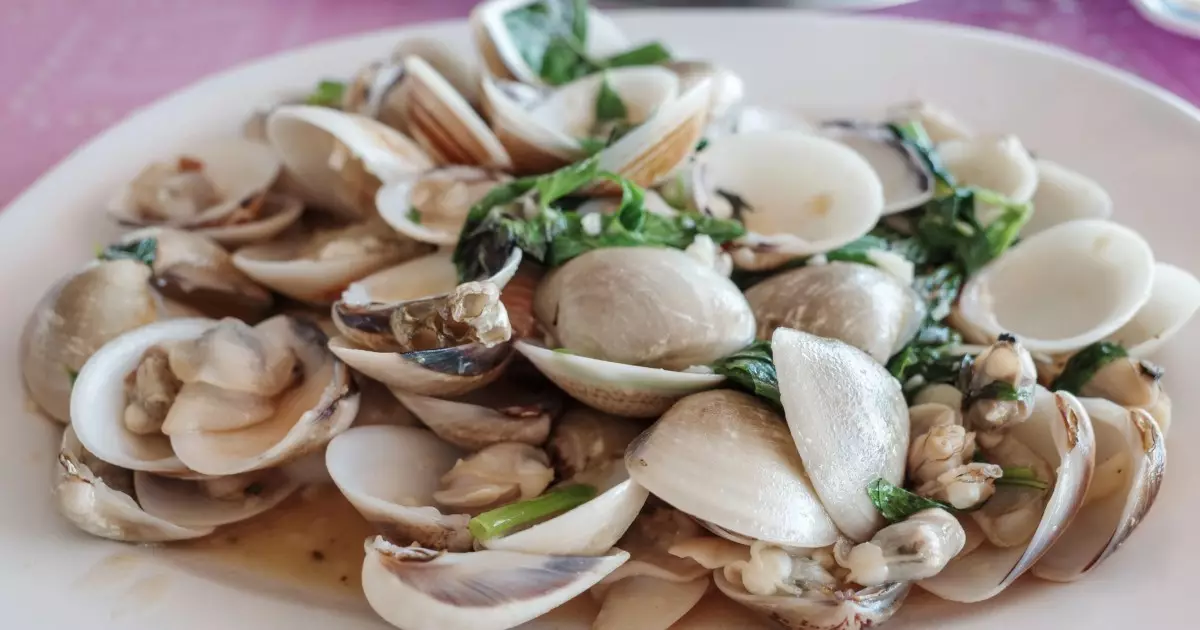Clams are often overlooked when it comes to canine nutrition, but they pack a powerful punch in terms of health benefits. Primarily known as shellfish, clams are a rich source of protein, which is vital for maintaining your dog’s muscle mass and overall vitality. They are also abundant in essential minerals like zinc, iron, and magnesium. These nutrients can significantly enhance your dog’s energy levels and promote optimal joint health, making clams a superb addition to a balanced diet.
Among the numerous advantages of adding clams to your dog’s meals, the presence of Omega-3 fatty acids is particularly noteworthy. These fatty acids can help combat inflammation, a common issue in many dogs, especially those with arthritis or other joint-related ailments. Including clams in their diet might offer relief and improve mobility for these canine companions.
Cooking and Preparing Clams: A Cautious Approach
However, as enticing as these benefits sound, it is crucial to prepare clams with care. Always serve cooked clams to your dog. While raw clams are not outright toxic, they pose a higher risk of gastrointestinal upset. Cooking clams eliminates potential pathogens that could affect your pet’s health. When preparing clams, opt for simple steaming without the addition of spices, which can be harmful to dogs. Ingredients like garlic and onions are particularly dangerous, so keep them far away from your furry friend’s food.
One particular danger lies in clam shells, which can be sharp and pose a choking hazard. Always ensure that the clam meat is removed from the shells before offering it to your dog. This small but crucial step can prevent any choking incidents and protect your dog’s dental health from potential injury caused by sharp edges.
Considerations for Feeding Clams to Your Dog
As with any human food introduced into a dog’s diet, moderation and veterinary guidance are key. Canned clams may seem convenient, but they often contain high levels of sodium and preservatives that can be detrimental to your dog’s health. If you’re considering serving canned clams, look for options without added salt. Always consult your veterinarian before making significant changes to your pet’s diet.
It’s also wise to be mindful of the size and breed of your dog when introducing new foods. Smaller breeds may require different portion sizes compared to larger breeds, and your vet can help customize a feeding regime that integrates clams effectively.
Ultimately, clams can be a wonderful treat, filled with nutrition that supports your dog’s health and well-being. Just remember, preparation is critical. Simplistic cooking methods, careful portioning, and consultation with your vet will ensure that clams serve as a scrumptious and healthful addition to your dog’s diet, rather than a risky endeavor. Incorporating these delightful seafood treats not only adds variety but can also greatly enhance your canine friend’s dietary profile.

